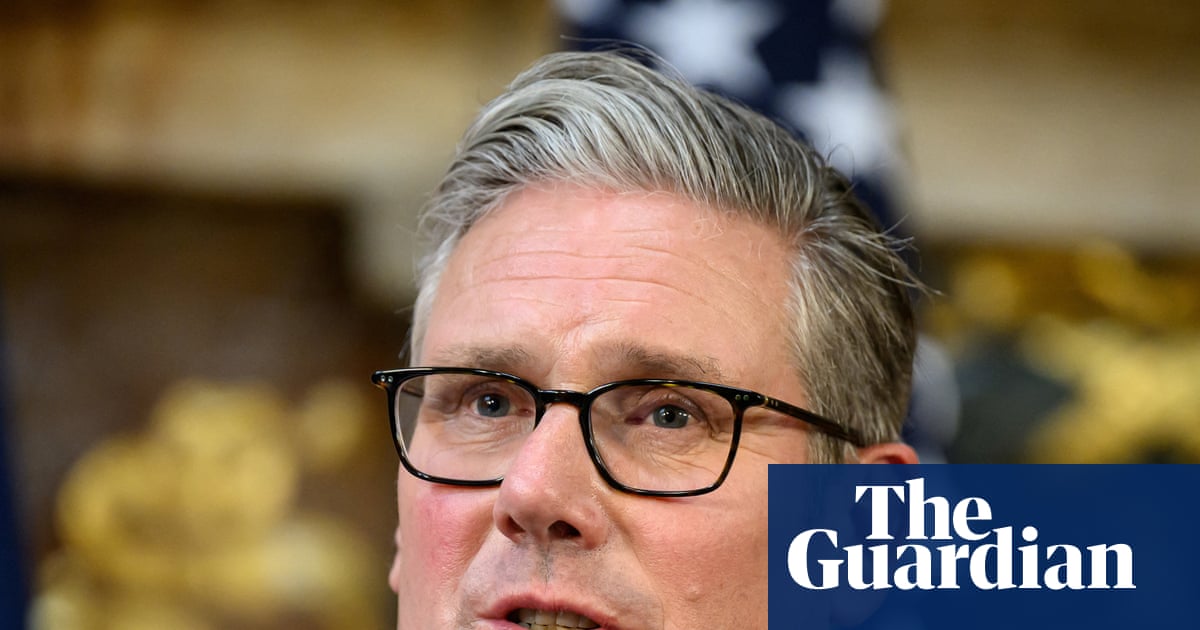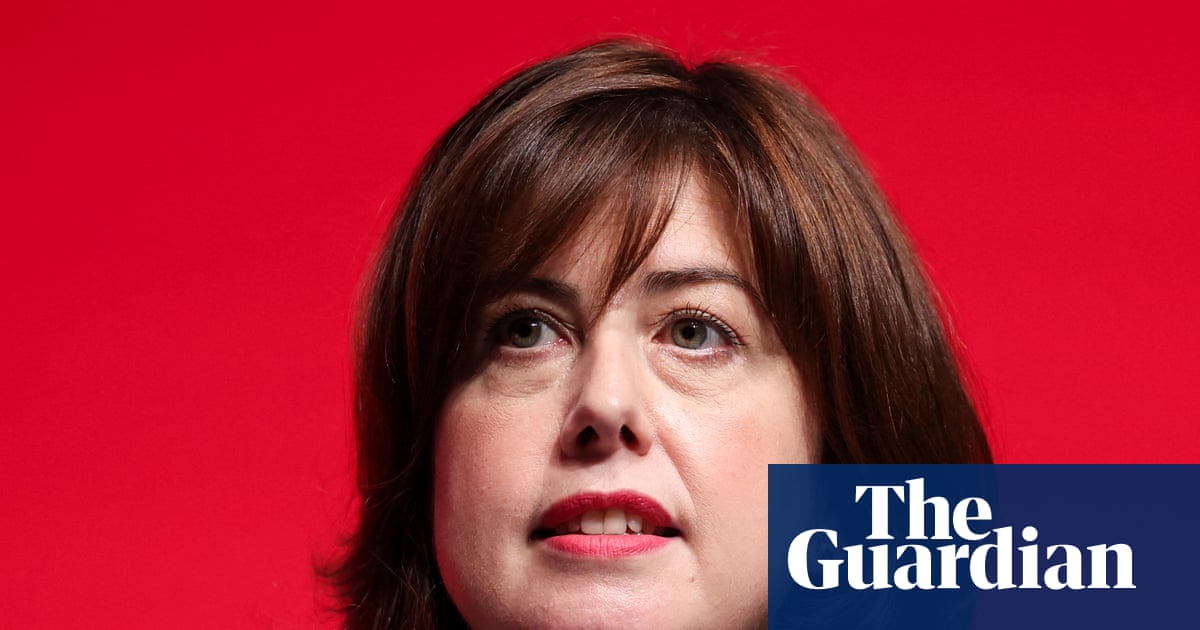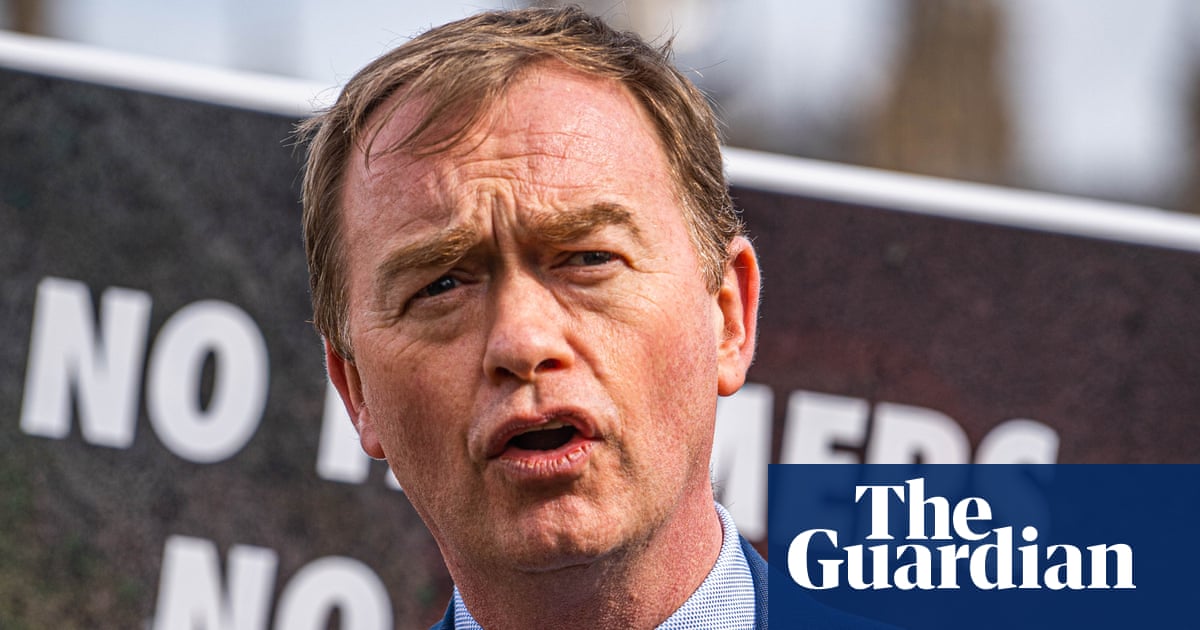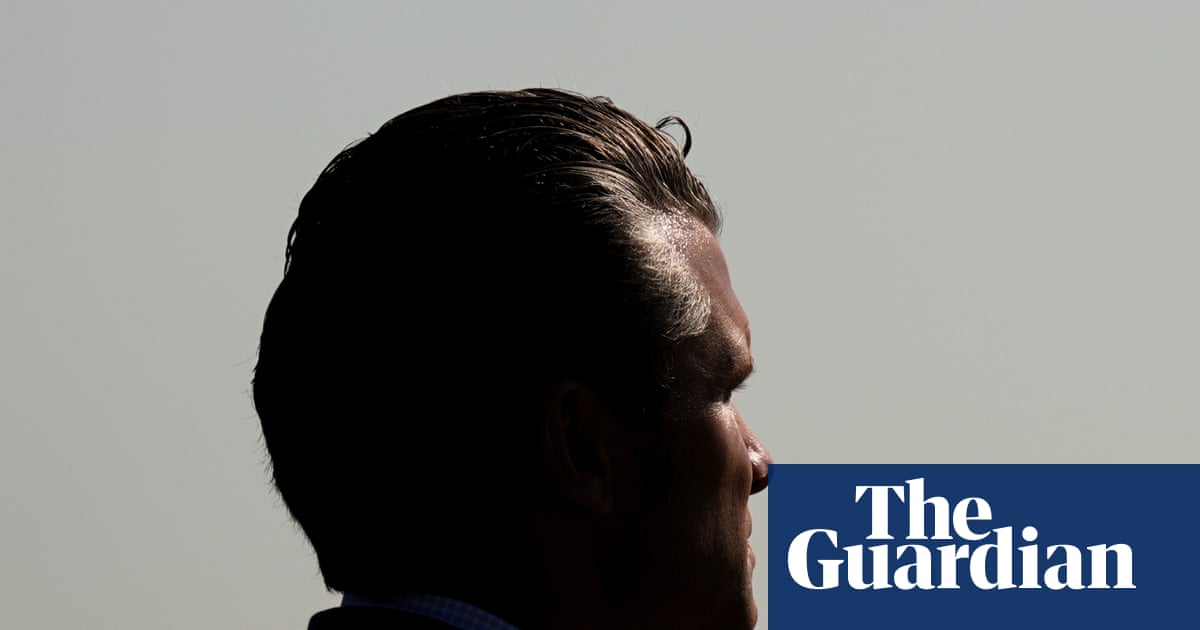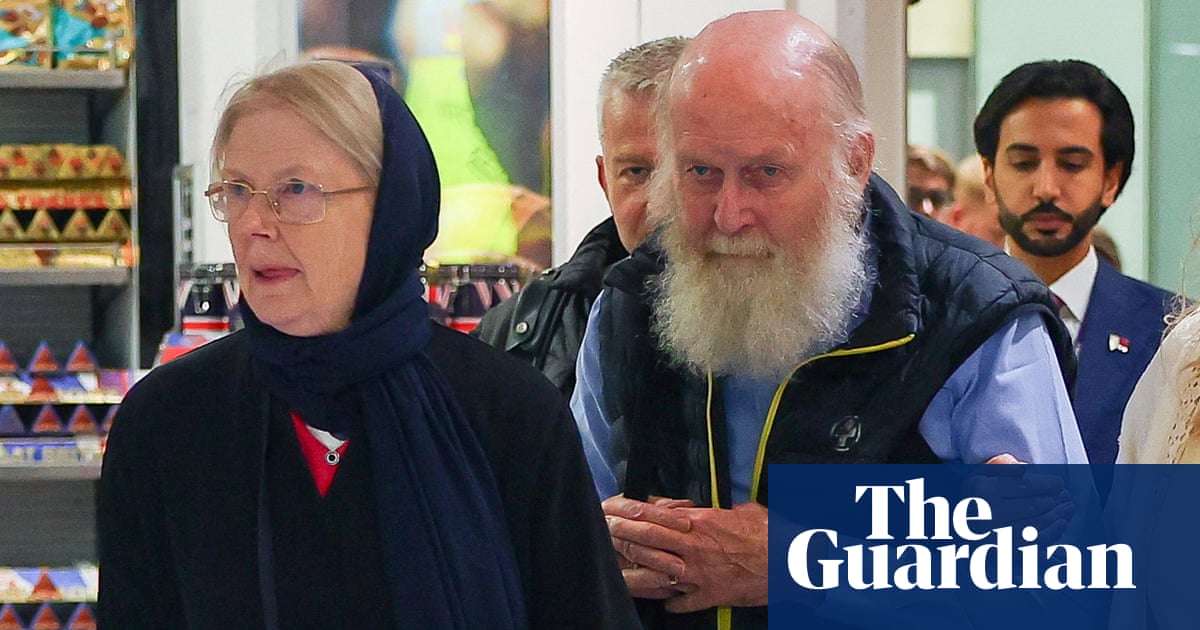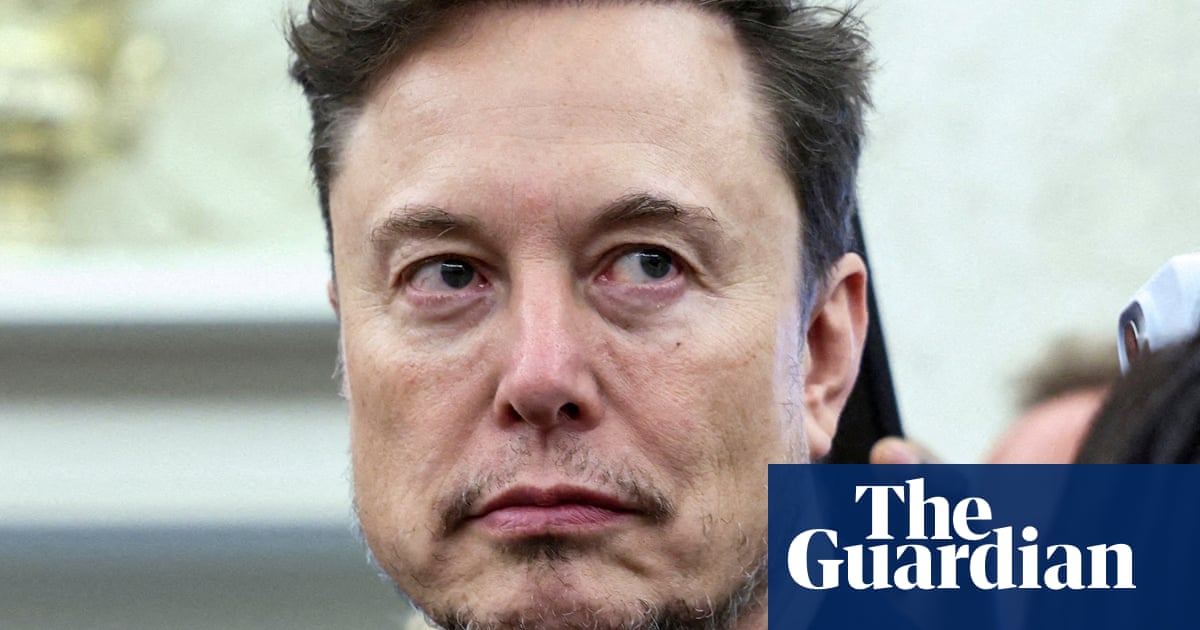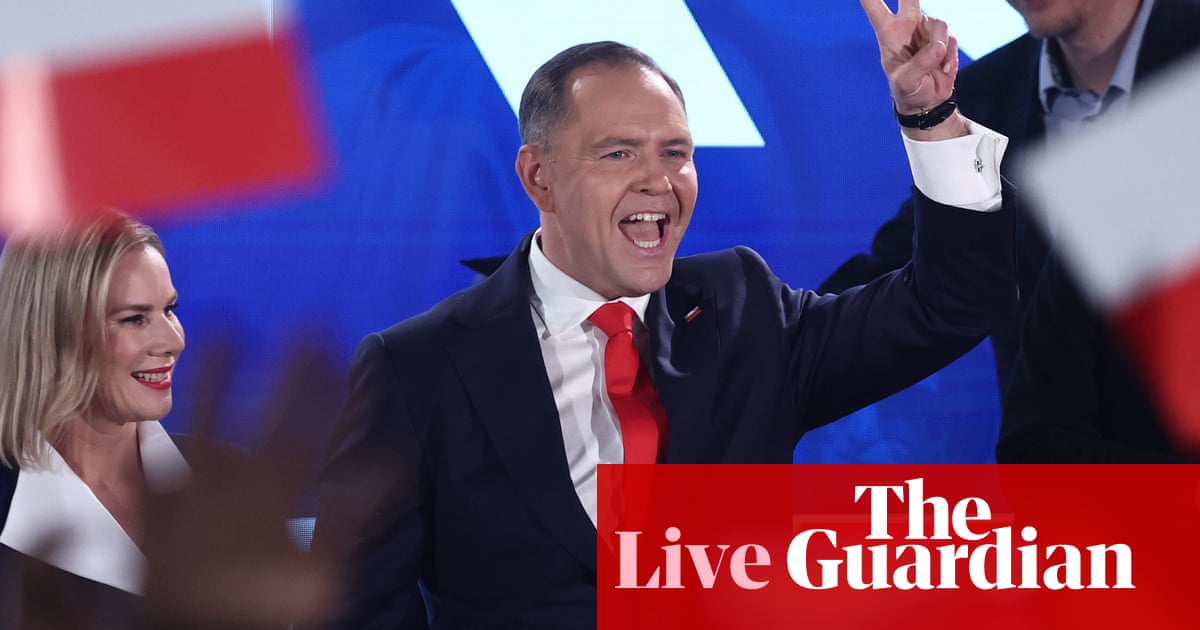For months, Donald Trump has ranted on social media and, at one point, threatened to fire the Federal Reserve chair, Jerome Powell. Last week, he took on a new, unusual tactic: a handwritten note.
“You have cost the USA a fortune and continue to do so. You should lower the rate – by a lot!” Trump wrote to Powell, whom he calls “Too Late” in one of his less compelling nicknames.
That Trump has targeted the Fed isn’t surprising. In the midst of Trump’s trade war, consumers and business owners alike have expressed anxiety about the economy. The stock market tanked in April, when the president announced the highest of his tariffs, and only went on the upswing when he pulled back the bulk of his levies.
The Fed has the ability to sway the US economy through its ability to adjust interest rates. When rates are high, as they have been for the last few years, borrowing money becomes more expensive. This means higher rates for mortgages, business loans, credit card debt and more. People are less likely to invest when interest rates are high, which can slow activity in the economy. The Fed lowering interest rates would excite investors and spur economic activity, but the price could be steep in the long run.
But how much sway does Trump really have over the Fed?
While Trump’s aggression toward the Fed, particularly his personal attacks against Powell, are a remarkable departure from the relationship a US president typically has with the Fed, economists say the structure of the central bank limits the amount of power Trump actually has – at least in the short term.
Historically, the Fed has been a nonpartisan, independent central bank within the federal government. Economists have found that countries without central banks are prone to high inflation and unemployment.
“A central bank’s independence is pretty much the only thing macroeconomists know of that’s a free lunch,” said Jason Furman, a former economic adviser to Barack Obama. “When you look at authoritarian leaders that have effectively taken over the central banks, like in Turkey, you can end up with 70% inflation rates and really, really big economic problems.”
In late June, Trump told reporters that he has zeroed in on “three or four people who I’m going to pick” to replace Powell. When the treasury secretary, Scott Bessent, whose name has been floated, was asked if he would take the job, Bessent said: “I will do what the president wants”.
That the White House is already talking about replacing Powell almost a year out from the end of his term has raised concerns that a new appointee would act as Trump’s “shadow chair”, or someone who has power over Powell before he leaves office.
But those familiar with the Fed’s structure say that a powerful “shadow chair” is unlikely, especially since the Fed’s structure encourages consensus among its leaders.
When setting interest rates, the Fed chair doesn’t act alone. The chair is one of 12 members of the Federal Open Market Committee (FOMC), which meets eight times a year to vote on any adjustments to the interest rate.
The amount of control Trump has over who gets on to the FOMC is limited. The committee has seven Fed governors who serve 14-year terms. Those governors are appointed by the president and confirmed by the Senate. The other five members are presidents of regional Federal Reserve banks, who are selected within the Federal Reserve system.
During the next four years, because of upcoming term limits, Trump will have the ability to appoint two of the 12 members of the FOMC – what would be a small fraction of the committee.
after newsletter promotion
“They’re going to have a hard time persuading other people on the committee to go along with anything like what Trump wants,” Furman said.
Ryan Sweet, chief US economist for Oxford Economics, said that Fed governors on the FOMC already voice dissenting views on the economy in public, but come together to form a consensus during their meetings.
“It’s built [into the Fed] that they go into a meeting and they’ve got to come to a consensus on what the outcome is,” Sweet said.
And even though Trump may want to replace Powell before his term is up, the supreme court signaled that the president can’t constitutionally fire him. Sweet pointed out that the court’s preemptive protection of the Fed chair has likely soothed stock markets, which had gone into a panic when Trump first threatened to oust Powell.
Powell, whom Trump first appointed in 2018, has publicly resisted the president’s efforts to sway the Fed. He has said he would not step down if Trump asks and has said the Fed will not lower interest rates prematurely, at risk of raising inflation.
In his most pointed statement against Trump’s economic policies, Powell said that the Fed paused interest rate increases “when we saw the size of the tariffs”.
“Essentially all inflation forecasts for the United States went up materially as a consequence of tariffs,” Powell said. “We didn’t overreact, in fact we didn’t react at all.”

 2 months ago
52
2 months ago
52
